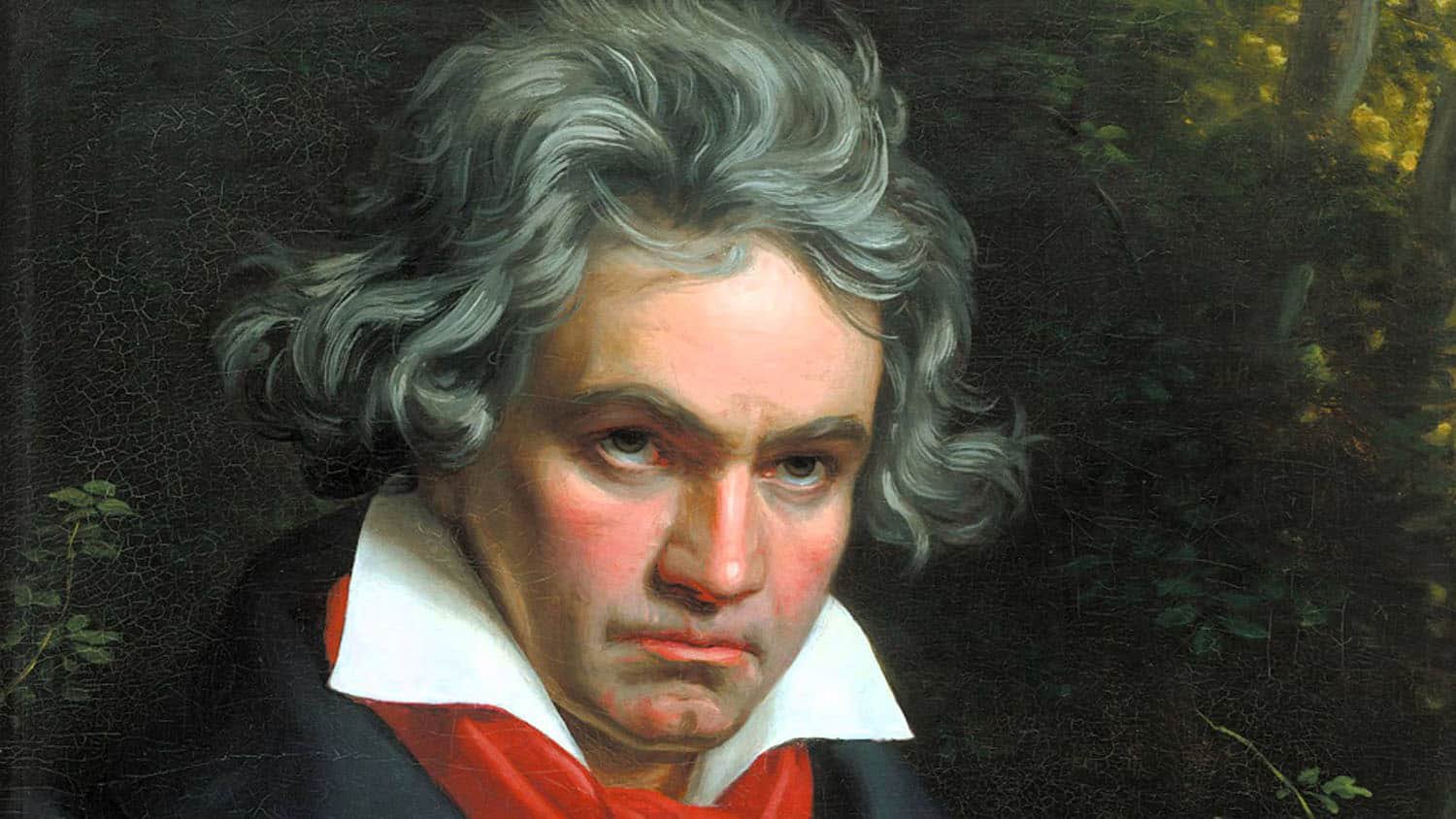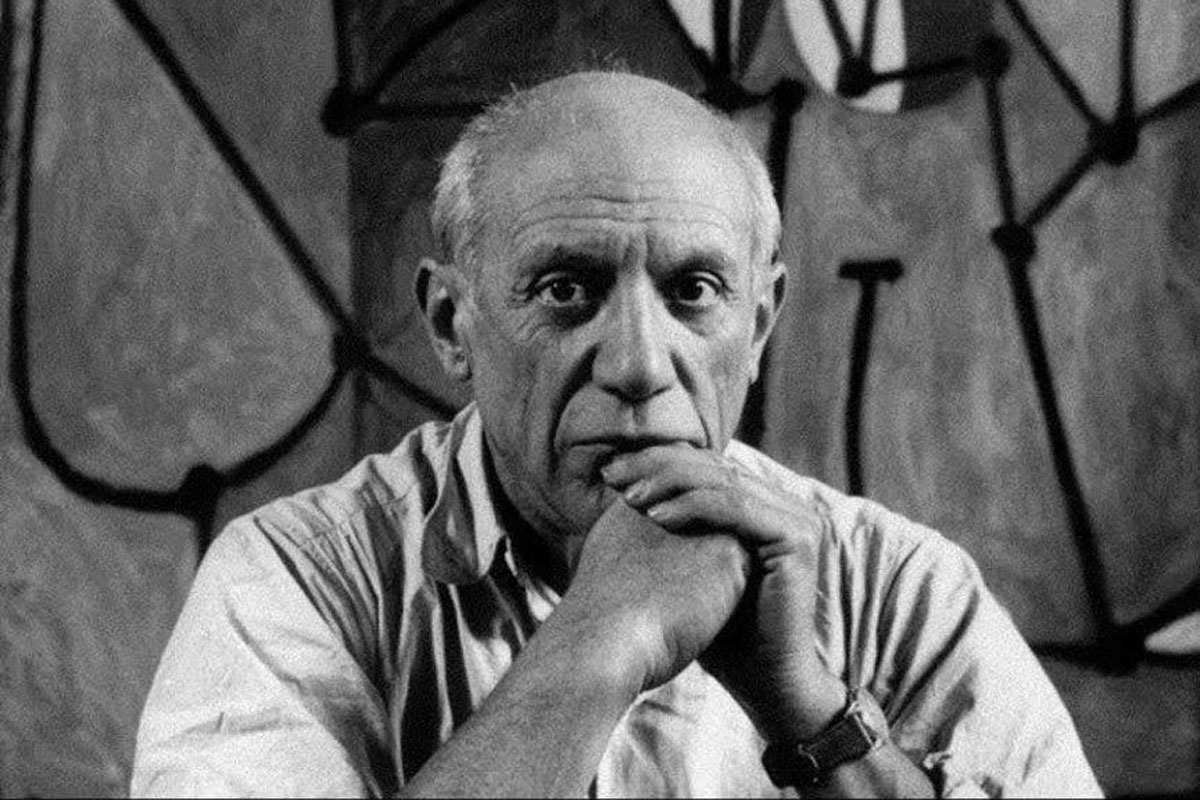This series of articles seeks to examine the character attributes of highly successful leaders, regardless of their adherence to a strong faith or moral standard. In presenting these thoughts, Leadership Ministries is not agreeing with or advocating these traits or practices, but rather presents these as ideas for discussion and development in your own leadership journey.
Nicola Tesla (1856 – 1943) was an eccentric inventor. Studying engineering and physics but gaining no degree, Tesla emigrated from Austria to the United States. For a short time, he worked from Thomas Edison before branching out on his own. Tesla is the inventor of alternating current electricity, radar, x-ray photography, wireless communication, and solar power.[1] Throughout his life, Tesla experienced strange visions and hallucinations, and struggled with a profound aversion to germs and jewelry. Another peculiarity was Tesla’s obsessive compulsive need to calculate the cubic volume of his food before he ate it.[2]
In a 1917 article in The Electrical Experimenter, Tesla described radar technology. His explanation of a stream of electric charges bouncing off of objects to reveal their locations was an inspiration to Emil Girardeau, whose team built and installed radar stations in France in 1934. In a 1926 interview with Collier’s magazine he spoke of the future saying, “Daily newspapers will be printed wirelessly in the home” and that people would use pocket-sized instruments considered to be “amazingly simple compared with our present telephone.” He was describing the Internet and cell phones more than a half-century before they would become reality. Among Tesla’s interesting leadership characteristics were:
Motivation through death and illness. Tesla’s 12-year-old brother Daniel died mysteriously when Tesla was just five. To console his parents, Tesla threw himself into school, becoming an outstanding student. In his teenage years, Tesla contracted cholera. Bedridden, be pleaded with his father to continue his education. Telsa’s constant studies became his motivation to recover from illness.
Tesla’s AC induction motor for generating electricity proved more reliable and safer than Edison’s DC motors, eventually becoming the world standard.
Tesla was smart and had a near-photographic memory. He was often at odds with his professors, able to envision better solutions to various engineering problems. Tesla’s father died in 1879. Broke, Tesla dropped out of school and began working to support himself. His engineering knowledge landed him a job at Continental Edison Company, where he maintained power plants in France and Germany.
Find the right partner. With an acute sense of how electrical power worked, Tesla caught the eye of American inventor Thomas Edison. Tesla moved to the United States and worked with Edison for a while, but his sense that alternating current was better than Edison’s direct current system for power generation didn’t go over. “Spare me that nonsense,” Edison told him. “We’re set up for direct current in America. People like it, and it’s all I’ll ever fool with.” Instead, Edison got Tesla working on improving the design of his generators with an offer of $50,000 if successful. Tesla redesigned and improved 24 of them, even installing automatic controls. Edison didn’t pay the bonus, though, instead offering Tesla a raise from $18 to $28 a week.
Disgruntled, Tesla soon left Edison and founded the Tesla Electric Company. He patented his AC induction motor. By 1891 he had more than 40 patents and caught the attention of George Westinghouse, a competitor to Thomas Edison. Westinghouse saw the brilliance of Tesla’s technology. By partnering with Westinghouse, AC electricity ended up powering the 1893 World’s Fair, and then harnessing the power of Niagara Falls to generate electricity. Tesla’s polyphase AC power systems soon became the standard for electricity the world over.
Tesla’s invention of wireless radio came years ahead of his competitors. He fought for his patents for more than 40 years.
Be prepared for the unexpected. Following his electric demonstrations at Niagara Falls, Tesla returned to his New York laboratory. At the time he was working on experiments involving the production of liquid oxygen, a highly combustible material. On the morning of March 13, 1895, Tesla arrived at his lab to find it had been burned to the ground. For all of Tesla’s genius, he was unprepared for the disaster, never having taken out insurance on his building or equipment. His partnership with Westinghouse having run its course, the financial strain caused by the loss of his lab hit Tesla hard. Unable to find investors for his radical (at the time) ideas, Tesla moved to Colorado, spending the next two decades working with modest funding to continue his experiments.
He fought a 40-year battle with the Marconi Company, who stole his wireless radio technology. Tesla also fought the government after not paying his taxes for many years. Tesla continued working into his 70s, and was honored for his inventions by Nobel laureates including Albert Einstein. He died alone in a hotel room at the age of 86, with little money to his name. Eight months after his death, the US Supreme Court finally upheld his fundamental patent on radio.

































Michael Jordan is a former professional basketball player and businessman. He played 15 seasons in the NBA and won six NBA championships with the Chicago Bulls.